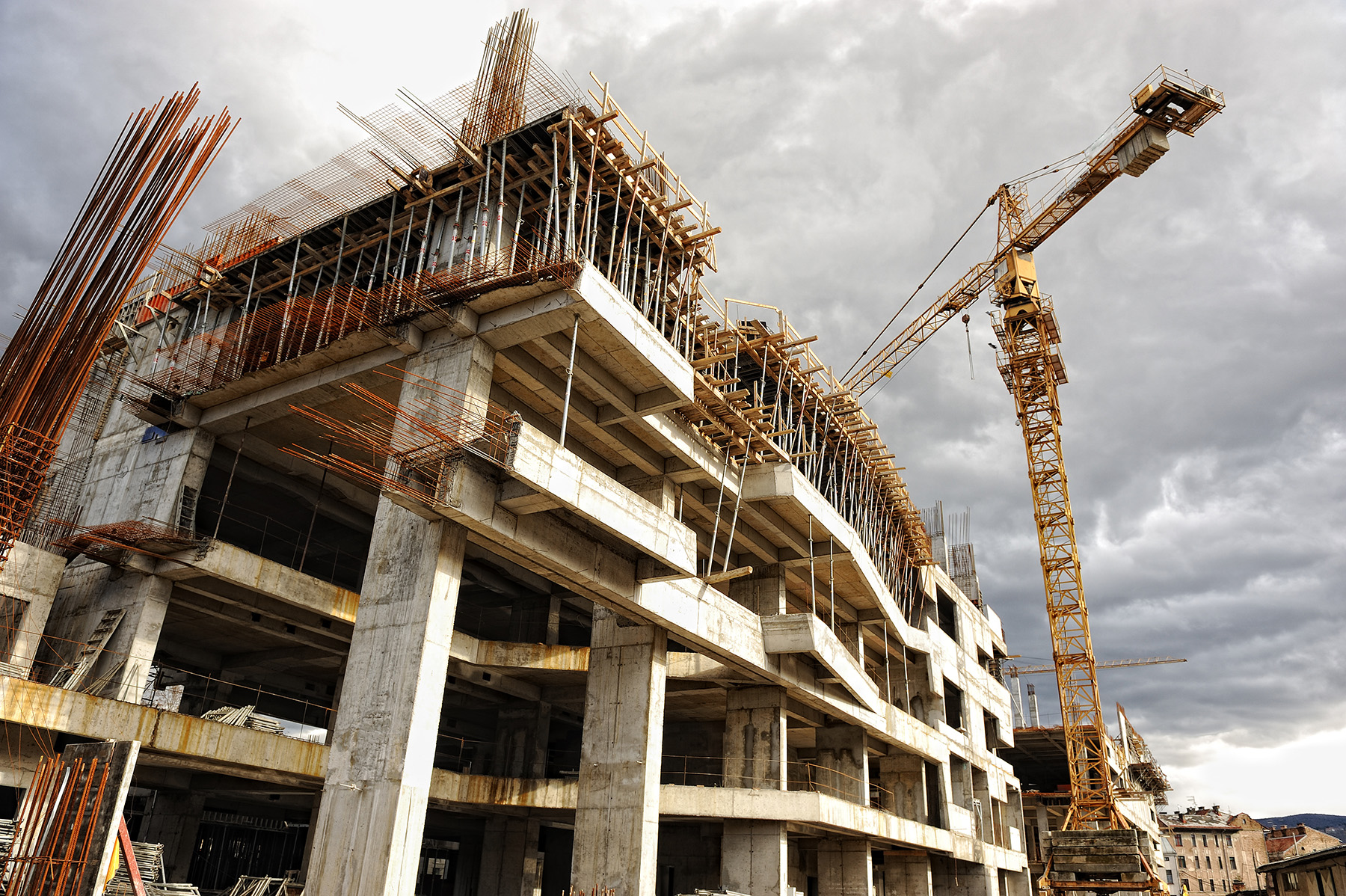
The forecast for the top 4 commercial real estate sectors seems to be that of slow and steady growth. Key factors affecting the industry are tax reform, infrastructure spending, health care, immigration, and interest rates.
Overall, the fundamentals will remain robust, but there are some headwinds to look out for in the coming year. We’ve taken key points from Colliers International State of the US Market report, as well as CBRE’s 2018 US Market Outlook to give you a high-level overview of what to expect for 2018.
In general, a slowdown in property investment will continue throughout 2018, even though transaction volumes remain robust. This is primarily due to the Fed’s response to the tax bill, moving from pro-growth to anti-inflation policies including interest rate hikes. This slow down will be felt more so in 2019 and 2020 as the longer term, cumulative effects of the rate hike take effect.
Industrial
The industrial sector enjoys a boom in growth due to record high construction rates combined with strong absorption and rock-bottom vacancy rates. Occupiers are expanding and modernizing their distribution, and off-shore demand for America products is on the rise. However, the potential for more protectionist US trade policies, potential trade wars and the future of NAFTA up in the air will have a profound effect on both the industrial and retail sectors.
Retail
The retail sector isn’t quite as lucky as the industrial sector, due to the continued shift from brick and mortar to more omni-channel approaches for sales. Consumers, driven by cost and convenience, will continue to impact the way goods are sold. This means that weaker physical stores will fall victim to more innovative, omni-channel retailers. Store closures and bankrutpcies will continue into 2018. Retail centers will need to shift to other uses to keep occupancy up, especially in weaker markets.
Office Space
Although the office sector has peaked for this economic cycle, it will most likely remain stable through 2018 due to an uptick in GDP and potential job growth. This should spur the need for more office space. However, this growth potential will remain in check by business’ drive for space efficiency, footprint reduction and shared office space.
Multi-Family
Construction labor shortages, partly due to immigration policy, has pushed the construction peak into 2018. Occupancy rates are expected to remain at the elevated levels of 2017. Leasing and sales transaction activity remains robust, but with record level rents and an influx of supply due to 2018 completions, growth will remain in check. One key influence mitigating the downside risks are the diminished home buying capabilities of millenials, keeping the demand for rentals up.
The Portland Apartment market remains strong for Landlords, however with the new construction units coming to market there is more competition for leasing units, causing vacancy rates to slightly increase and some Landlords are even offering a one month free rent concession.
The overall theme for 2018 is growth, but with some key headwinds slowing the pace. Are you ready to make a move into commercial real estate investing? We advise getting in the game before the Fed interest rate hikes take effect, so that you can be sure to lock in a competitive rate. Contact me today to begin the process!

Comments are closed.